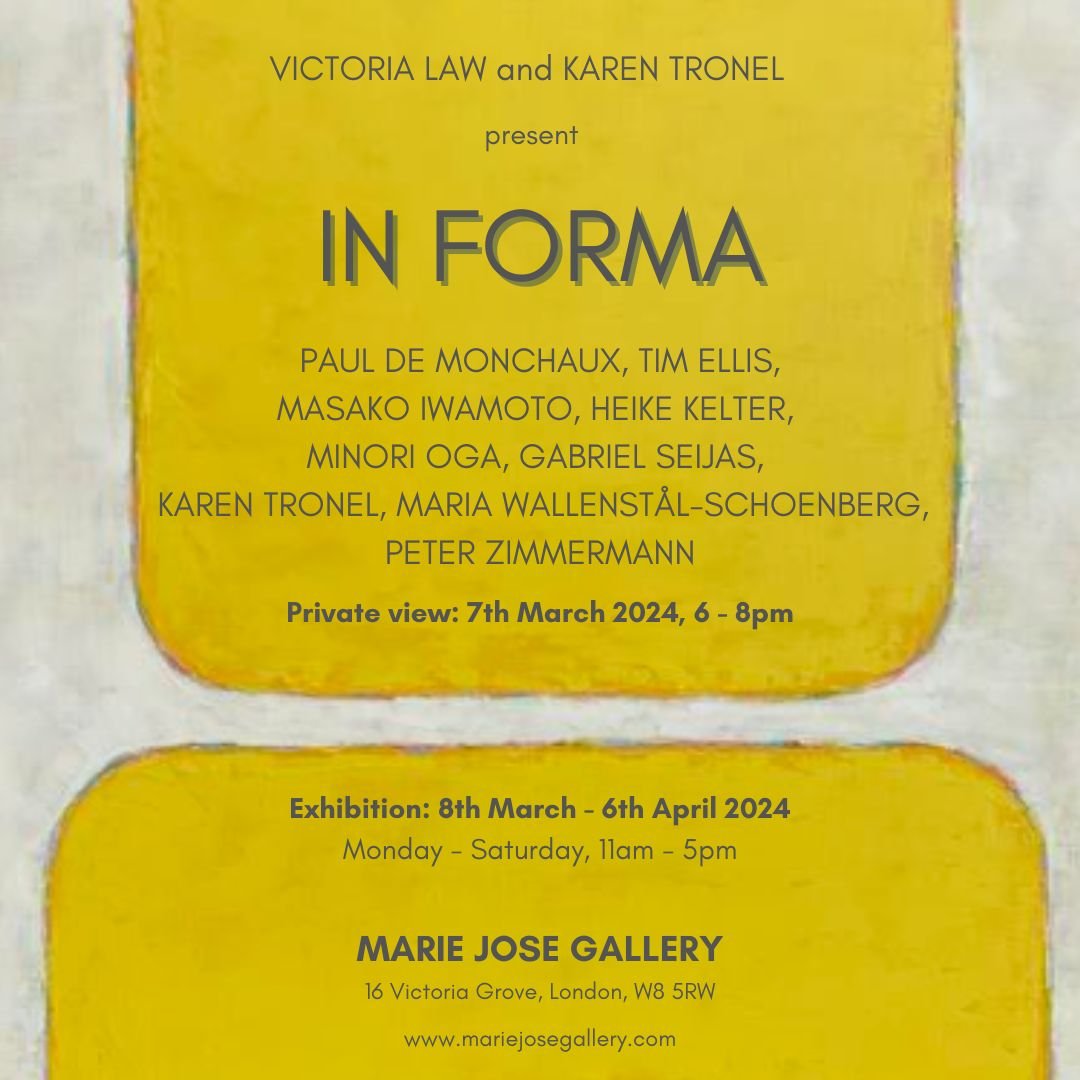
A fresh and visionary exhibition, IN FORMA celebrates a renewed vibrancy in geometric abstract art at this contemporary moment. Bringing together artists from disparate continents with diverse processes, some of whom are showing in London for the very first time, curators Victoria Law and Karen Tronel elegantly demonstrate the true breadth of abstraction within contemporary art practices. After years on the sidelines, this show makes an argument for the dramatic return of geometric abstract art and contributes to this work finding its natural place within the contemporary art landscape.
Geometric Abstraction began with a single masterpiece: Kasimir Malevich's !Black Square"#a single shape that became the springboard for a movement which continues to excite us today. Whilst early practitioners worked with simple shapes and mathematically defined systems, the artists in the current show demonstrate the sheer range of possibilities. They pursue hugely varied but interconnected threads of inquiry as they experiment with both form and process, demonstrating a playful new attitude.
Within this vibrant mix of practices, we find artworks that stretch the rigid expectations of the legacy of Geometric Abstraction. Renowned sculptor Paul de Monchaux brings an intuitive mindset and a creative imagination to play. Inspired by organic forms, his sculptural work “Volute III” (2013) celebrates the inherent elegance of geometric form to contemplative effect. Maria Wallenstål-Schoenberg’s works in oil on canvas engage in a compelling dialogue with his sculpture. Building chromatic layers intuitively, Wallenstål-Schoenberg similarly inspires a profound meditative response in her viewer by pursuing a delicate equilibrium through the interaction of curved geometric forms.
A bold and generous approach to colour is a stand out feature of the show. Working freehand to create his grids, Gabriel Seijas, one of the most exciting recent graduates of the École des Beaux-Arts in Paris, infuses the entire exhibition with vibrant colourful harmonies. His painting resonates with the interlocking dynamic forms and colours of Heike Kelter’s works in ink and acrylic on canvas. She brings a tension and dynamism to the space despite the disarming simplicity of her composition. Japanese artist Masako Iwamoto’s small and meticulously balanced canvases by contrast bring harmony. Inspired by nature, Iwamoto employs form and colour to evoke universally understood sensations.
In contrast, Japanese artist Minori Oga’s series of works rely on the drama and impact of restrained colour tones and bold brushstrokes. Exploring the ebb and flow of rhythm and speed, she employs spatulas and brushes specific to lacquer work as her painting tools. It is fascinating to see her practice set alongside conceptual works on canvas by Karen Tronel. “Access Only” (2020) for example, a subtly subversive work, explores the dynamism of the grid structure reimagined as a maze, with the witty addition of a golden egg to the canvas.
One stand out feature of the show is the sheer variety of materials and processes employed by the artists throughout. One of the most dramatic departures from traditional techniques is demonstrated by Peter Zimmermann’s works in epoxy resin. Starting with digital manipulation, he builds layer upon layer of this opaque, shimmering material to create impressive dimensionality. Sculpted from reclaimed and sourced human-made objects, Tim Ellis’ work is equally fascinating for its contemporary update on established techniques. His totemic sculptures combine disparate objects from stones to scrap metal, riffing on a theme whilst bringing to it additional layers of functionality and meaning.
Together, the works in this remarkable exhibition contribute a fresh perspective on contemporary art practice. The show concerns itself with looking past simplicity to discover the complexity of abstract art today, enjoying the elusive and critical nature of contemporary non-objective work in all its variety. Each artist’s contribution feels vital and significant. The exhibition demonstrates the considerable impact of abstract art, which speaks to its viewer intuitively, exploring the sublime whilst also bringing new perspectives to our everyday existence.
Text by Kate Neave
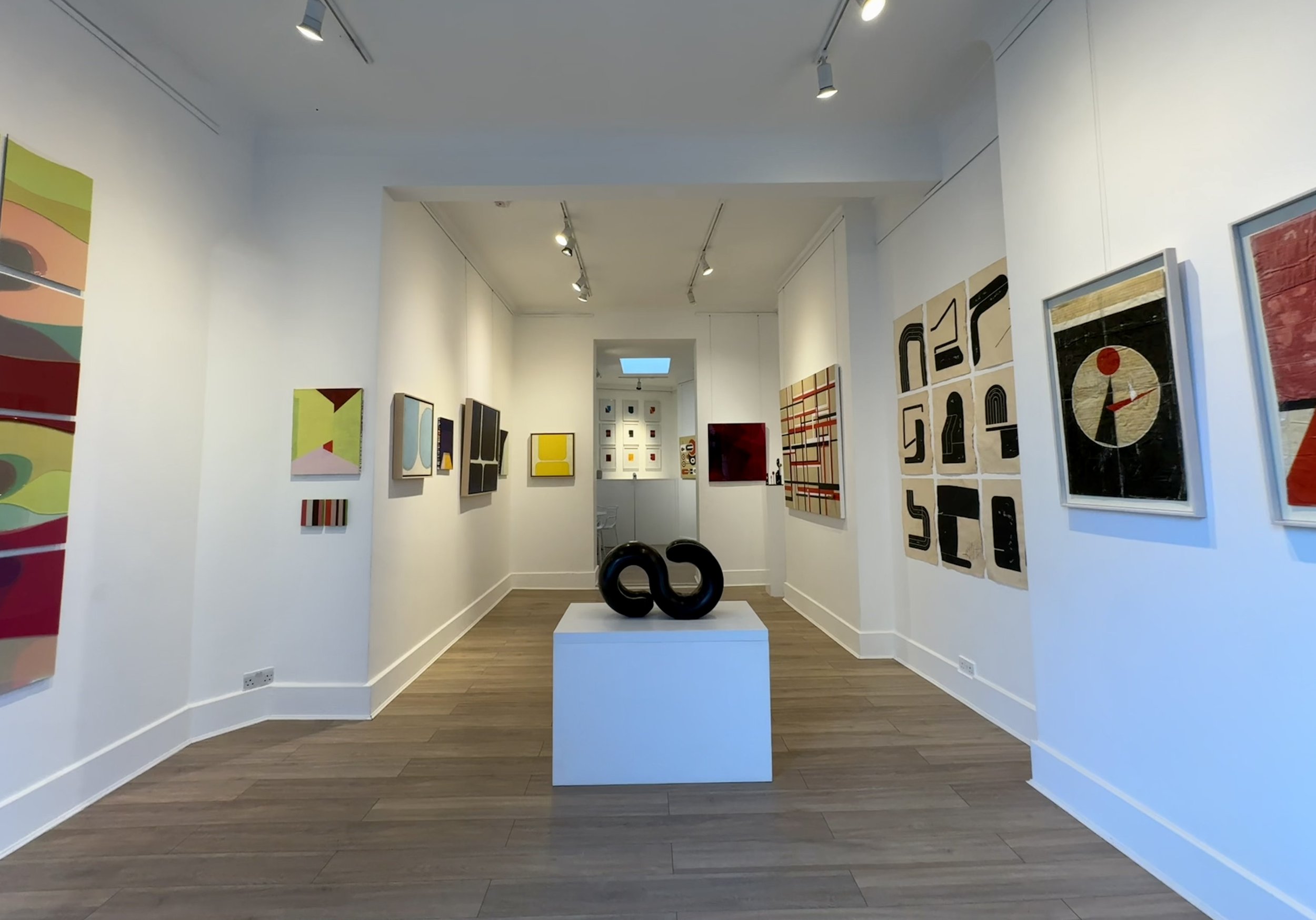
SELECTED WORKS

Paul de Monchaux, Veloute 3, Edition 2/7, Bronze, 620 x 357 x 207mm, 47.5 kg

Tim Ellis, United in Different Guises CCXX, 2015, Acrylic, varnish and cotton, 76 x 48cm
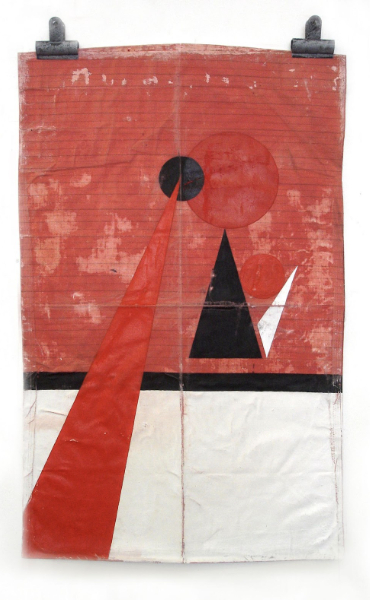
Tim Ellis, United in Different Guises, 2015, Acrylic, varnish and cotton, 76 x 48 cm

Tim Ellis, United in Different Guises XCVI, 2015 Acrylic, varnish and cotton, 76 x 48cm

Tim Ellis, United in Different Guises CLXXXVIII, 2015, Acrylic, varnish and cotton, 76 x 48cm

Tim Ellis, Music of the Spheres, 2021, Acrylic, varnish and cotton, 76 x 48cm

Tim Ellis, Red Point, 2021, Acrylic, varnish and cotton, 76 x 48cm

Tim Ellis, Potsu Potsu, 2021, Acrylic, varnish and cotton, 76 x 48cm

Tim Ellis, Star Burst, 2021, Acrylic, varnish and cotton, 76 x 48cm
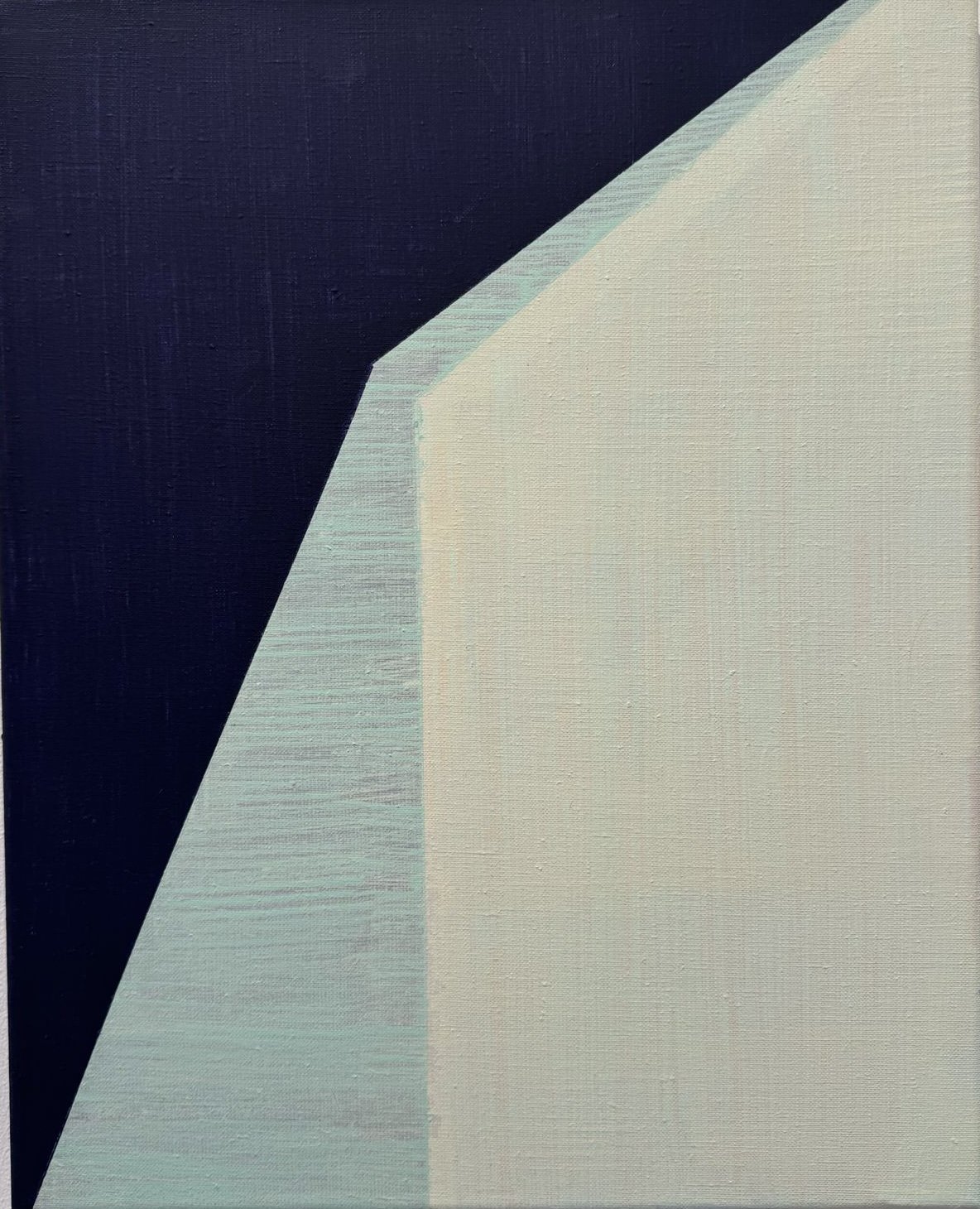
Heike Kelter, Another Slant, 2023, Ink and acrylic on canvas, 50 x 40cm

Heike Kelter, Skirt, 2023, Ink and acrylic on canvas, 50 x 40cm

Heike Kelter, Breeze, 2020, Ink and acrylic on canvas, 60 x 50cm
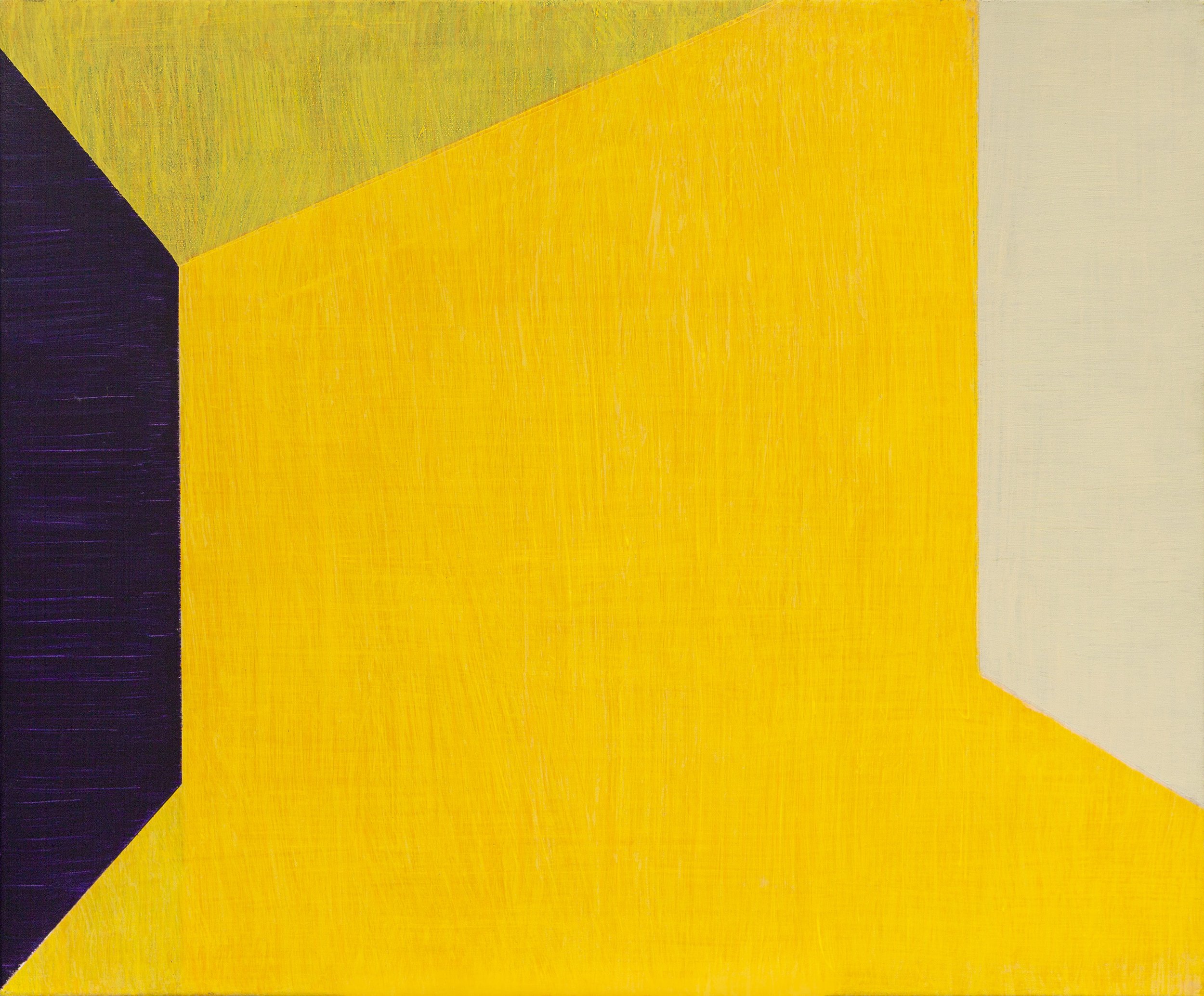
Heike Kelter, Field, 2023, Ink and acrylic on canvas, 50 x 60cm

Heike Kelter, Dawn, 2023, Ink and acrylic on canvas, 40 x 30cm
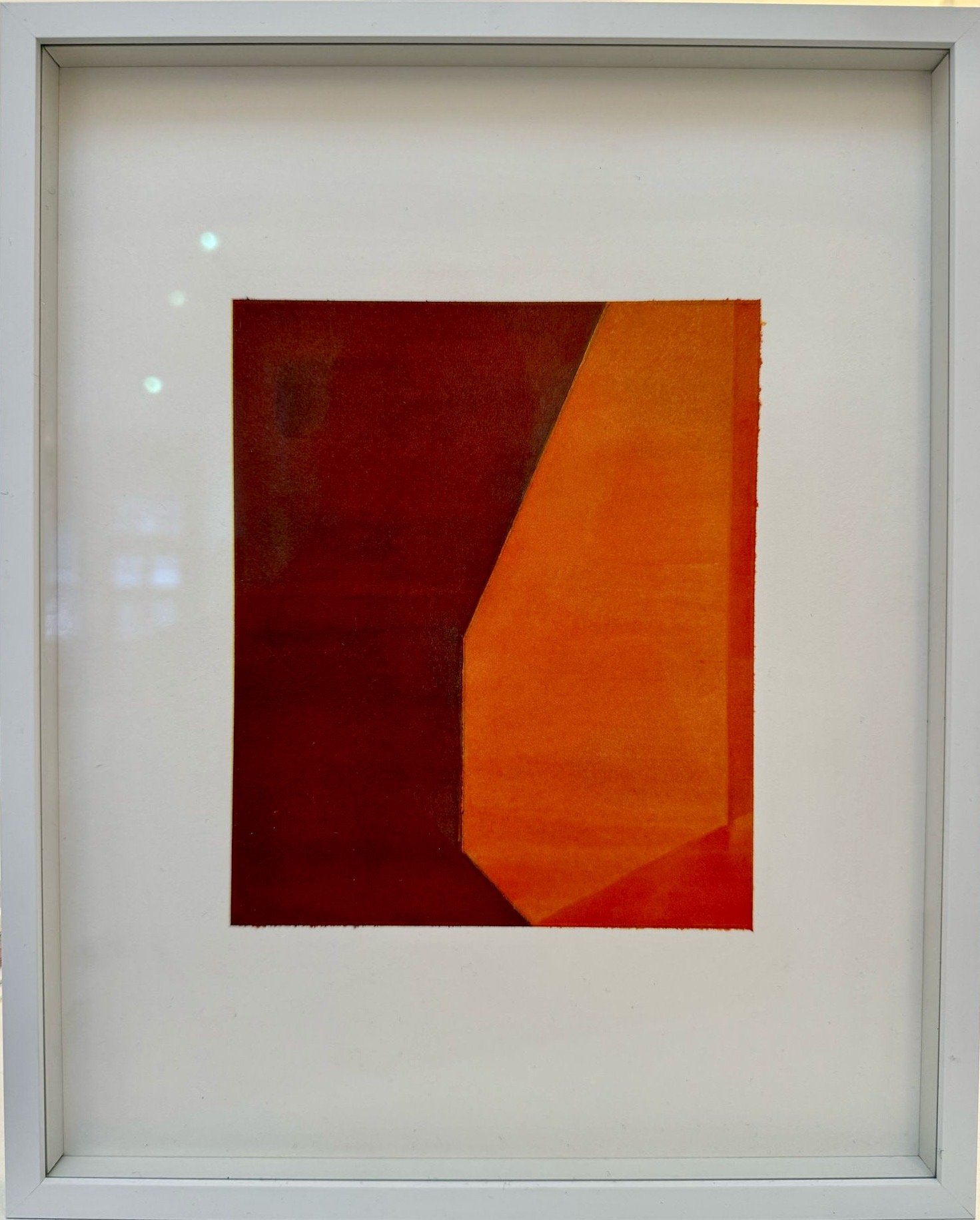
Heike Kelter, 6AM, 2023, Ink and acrylic on paper, 40 x 30cm

Minori Oga, Acrylic drawings on tea dyed paper, 2023, 54.5 x 42 cm

Gabriel Seijas, To be honest, 2024, acrylic and marble powder on canvas, 55 x 46 cm

Gabriel Seijas, Many ladders later, 2024, acrylic and marble powder on canvas, 33 x 24 cm

Gabriel Seijas, Chaos of light, 2024, acrylic and marble powder on canvas, 33 x 24 cm

Karen Tronel, Connected, 2024, Oil on Canvas, 76 x 100 cm

Karen Tronel, Access Only, 2020, Oil on Canvas and Golden Egg, 120 x 150 cm

Maria Wallenstål-Schoenberg, Cycle Indigo, 2023, oil on canvas, 80 H x 100 W x 4 D cm

Maria Wallenstål-Schoenberg, o. T., 2023, oil on canvas, 50 H x 50 W x 4 D cm

Maria Wallenstål-Schoenberg, Cycle Yellow, 2023, oil on canvas, 50 H x 50 W x 4 D cm

Maria Wallenstål-Schoenberg, Cycle Samana, 2023, oil on canvas, 30 x 30 cm
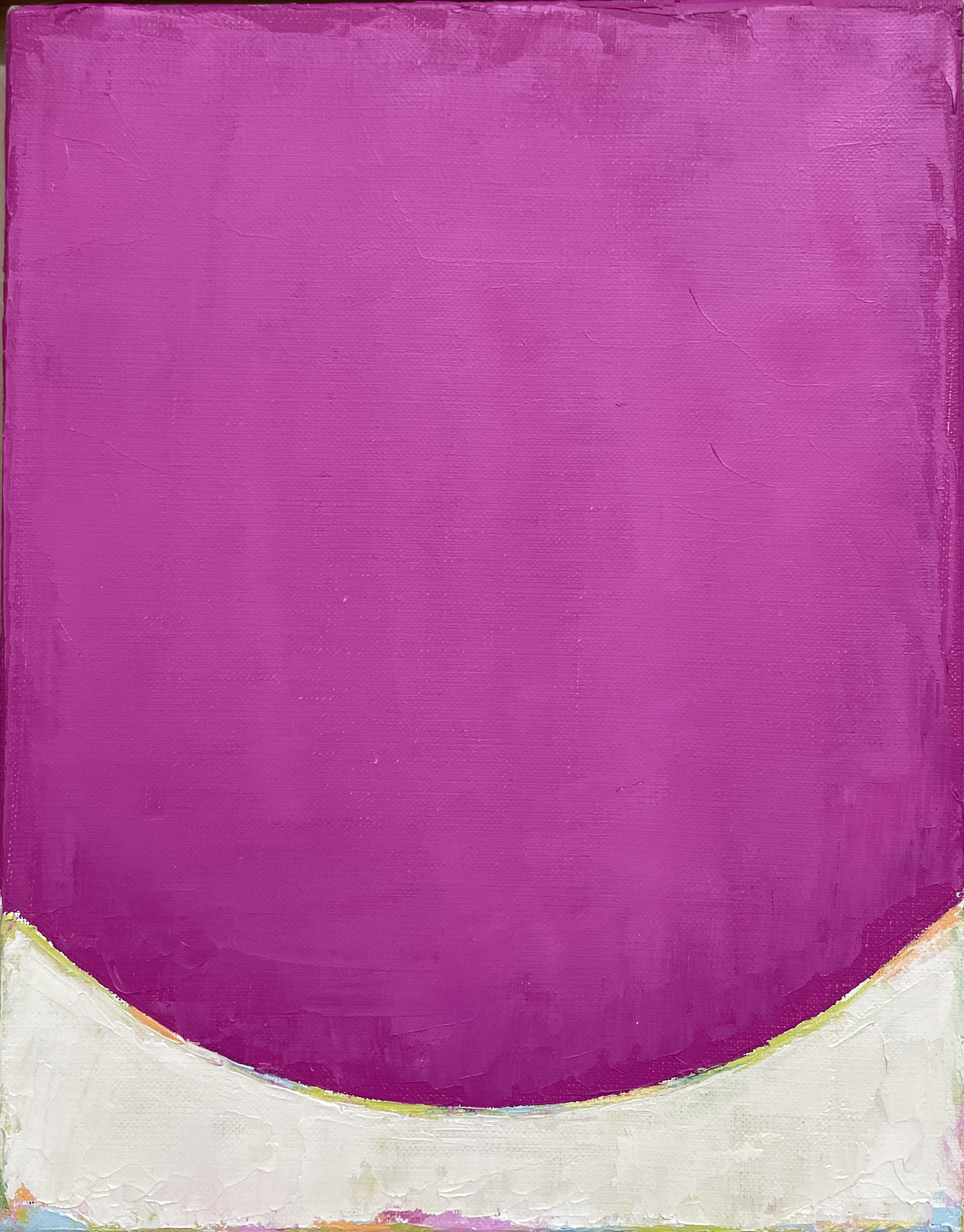
Maria Wallenstål-Schoenberg, Cycle Berry, 2023, oil on canvas, 50 x 50 x 4 cm

Peter Zimmermann, 2477, “Janus 2”, 2019, Epoxy resin on canvas, 70 x 70cm

Peter Zimmermann, 2378, “One, Two, Four”, 2018, Epoxy resin on alucubond, 49 x 33 cm each panel

Peter Zimmermann, 2647, 2019, Epoxy resin on paper, 14 x 10 cm

Peter Zimmermann, 2648, 2019, Epoxy resin on paper, 14 x 10cm

Peter Zimmermann, 2646, 2019, Epoxy resin on paper, 14 x 10cm

Peter Zimmermann, 2635, 2019, Epoxy resin on paper, 14 x 10 cm

Peter Zimmermann, 2605, 2019, Epoxy resin on paper, 14 x 10 cm

Peter Zimmermann, 2666, 2019, Epoxy resin on paper, 14 x 10 cm

Peter Zimmermann, 2683, 2019, Epoxy resin on paper, 14 x 10 cm

Peter Zimmermann, 2554, 2019, Epoxy resin on paper, 14 x 10 cm
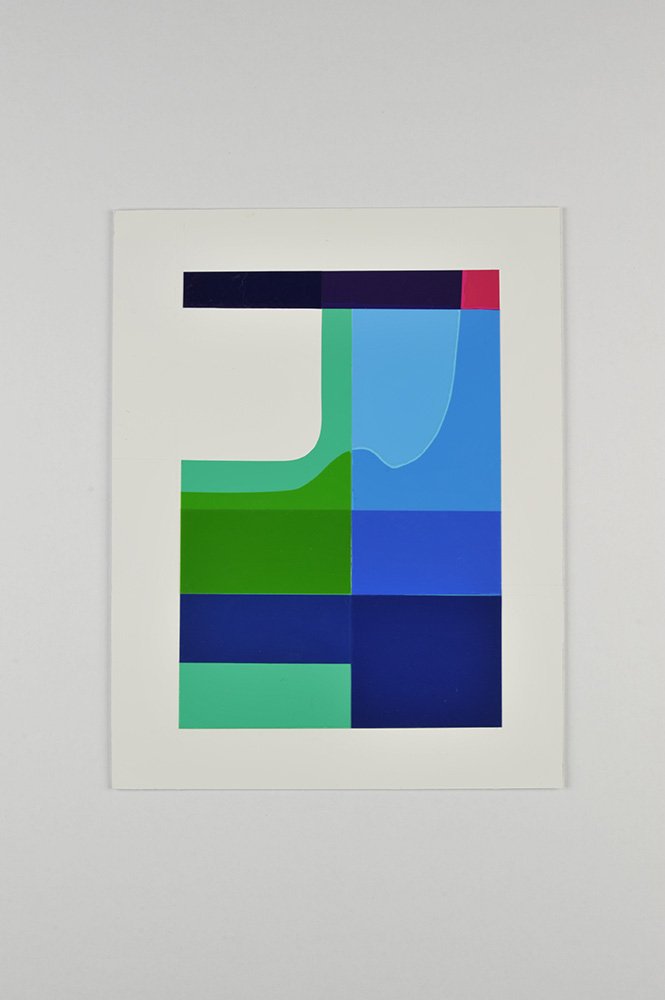
Peter Zimmermann, 2564, 2019, Epoxy resin on paper, 14 x 10 cm

Peter Zimmermann, 2640, 2019, Epoxy resin on paper, 14 x 10 cm
Any of the works speak to you?
Contact us for more information about the pieces and the artist

